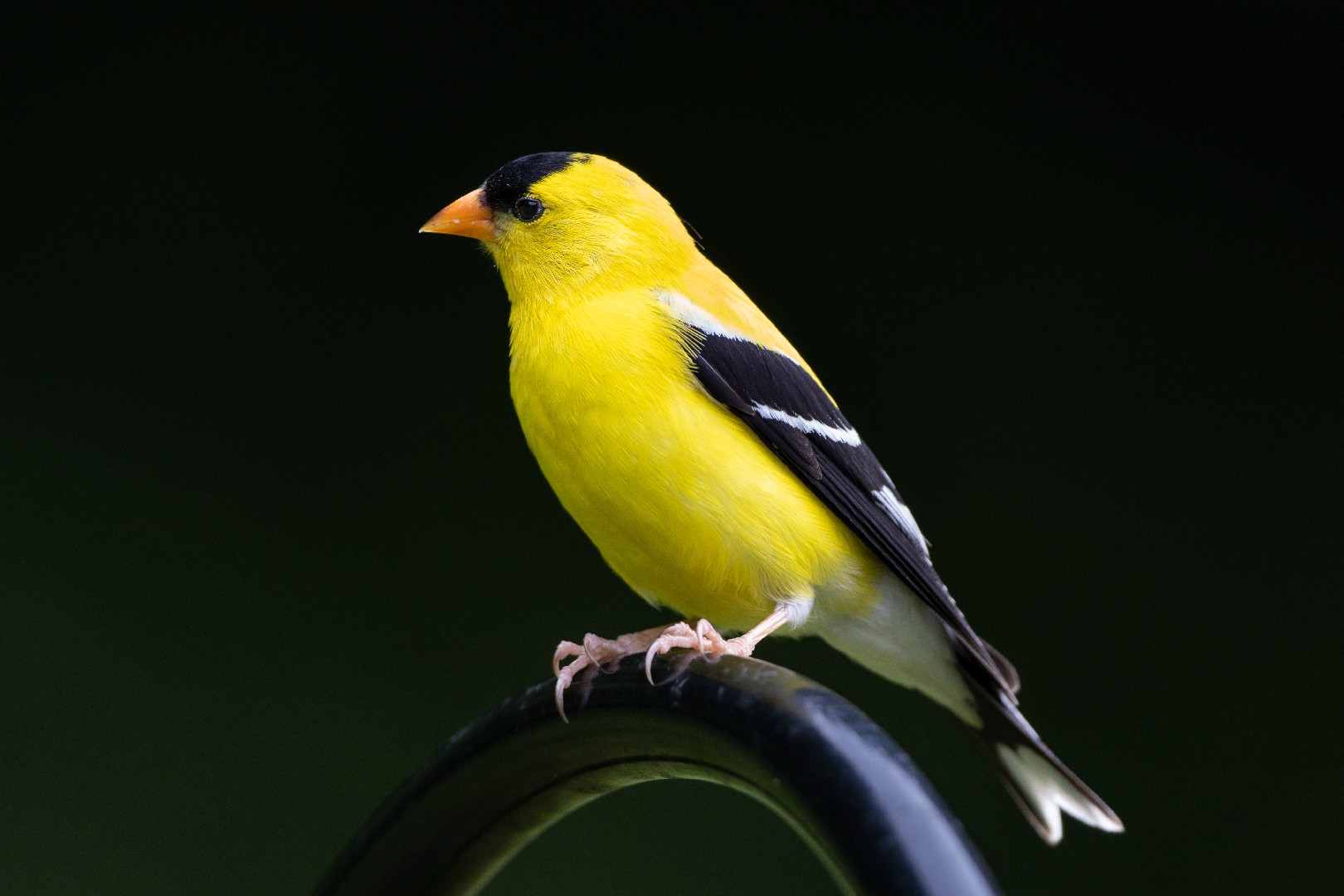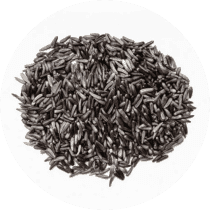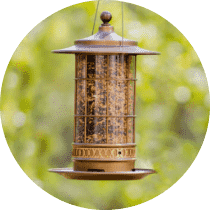American Goldfinch
A species of Siskins and new world goldfinches, Also known as Yellow Bird Scientific name : Spinus tristis Genus : Siskins and new world goldfinches
American Goldfinch, A species of Siskins and new world goldfinches
Also known as:
Yellow Bird
Botanical name: Spinus tristis
Genus: Siskins and new world goldfinches
Content
Description People often ask General Info
 Photo By Omaksimenko , used under CC-BY-SA-4.0 /Cropped and compressed from original
Photo By Omaksimenko , used under CC-BY-SA-4.0 /Cropped and compressed from original Description
Brilliant yellow plumage characterizes the small american Goldfinch, but this prominent yellow color is present only in males during the mating season. A strict vegetarian, this bird feeds on seeds and other plant material. The american Goldfinch is an active and acrobatic bird, which can be often seen flying in a bouncy pattern.
Size
13 cm
Life Expectancy
11 years
Nest Placement
Shrub
Clutch Size
2 - 7 eggs
Incubation Period
1 - 2 broods
Number of Broods
12 - 14 days
Nestling Period
11 - 17 days
Feeding Habits
American Goldfinch primarily consumes seeds, favoring composite plant seeds, particularly from sunflowers and thistles, as well as grass, alder, birch, western red cedar, and elm. Though feeder visits increase in winter, with a preference for nyjer and sunflower seeds, american Goldfinch also eats tree buds, maple sap, and berries.
Habitat
American Goldfinch is predominantly found in open and semi-open areas, including meadows, fields, flood plains, and suburban settings such as parks and backyards. They show a preference for environments abundant in weedy vegetation, particularly where plants like sunflowers, asters, and thistles are present — vital for both nutrition and nesting. The species also inhabits areas with shrubs and trees that offer suitable nesting sites. While american Goldfinch adapts well to various altitudes and climates across its range, it shows a preference for areas that provide ample food sources during migrations.
Nest Behavior
American Goldfinch engages in nesting activities with both the male and female exploring potential sites together, though the construction is done by the female. It takes her around 6 days to build the nest, which happens during a period in the late spring or summer. After nest completion, american Goldfinch will lay its eggs and both parents partake in caring for the eggs and feeding the young.
Nest Characteristics
American Goldfinch typically selects a nest site in a shrub or sapling, preferring locations that offer some shelter but are not deep within the forest. Their open cup-shaped nest is made of rootlets and plant fibers and is notably lined with plant down, sometimes including fluffy seedhead material. It is so tightly woven it can retain water. The nest, approximately 3 inches in diameter and 2-4.5 inches high, is anchored to branches with spider silk.
Dite type
Granivorous
People often ask
General Info
Feeding Habits
Bird food type

Black Oil Sunflower Seeds

Hulled Sunflower Seeds

Nyjer
Bird Feeder Type

Large Tube Feeder

Small Tube Feeder

Large Hopper

Small Hopper

Platform

Ground
Behavior
American Goldfinch are vibrant, lively birds primarily known for their acrobatic skills while foraging on the seeds of thistles, dandelions, and similar plants. They exhibit a distinctive, bouncy flight pattern, often vocalizing with a characteristic 'po-ta-to-chip' call. Notable for their late nesting period in mid-summer, they time this life event with the seeding of thistles and other plants. Unlike many songbirds, american Goldfinch do not typically participate in mobbing predators.
Distribution Area
The summer breeding range stretches across North America from coast to coast. It is bounded on the north by Saskatchewan and stretches south across North America to North Carolina on the east coast, and northern California on the west coast. Its winter range includes southern Canada and stretches south through the United States to parts of Mexico. 
Species Status
Not globally threatened.